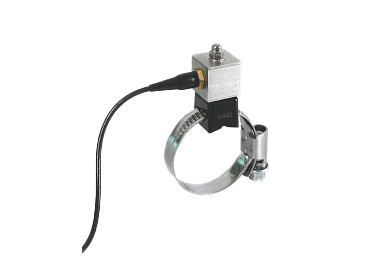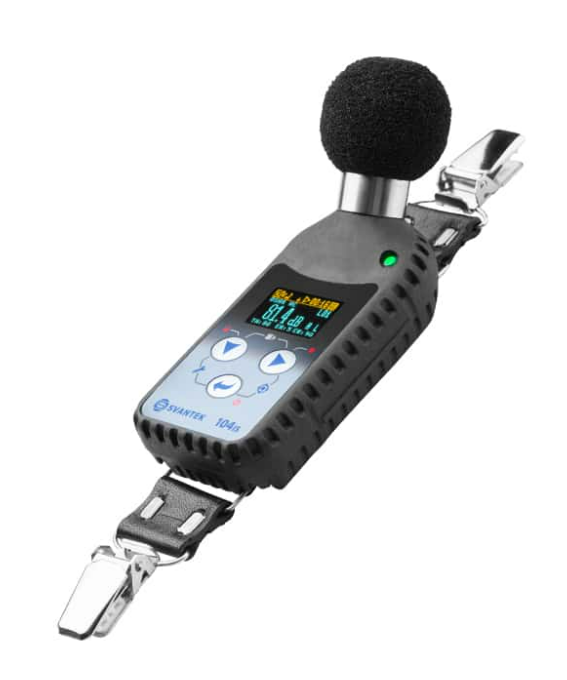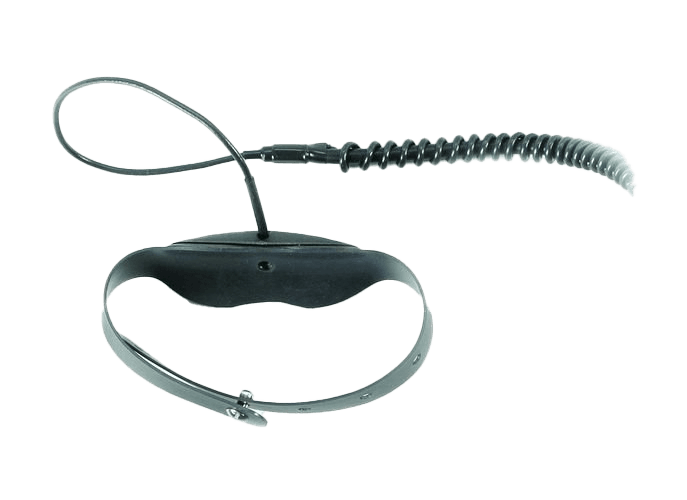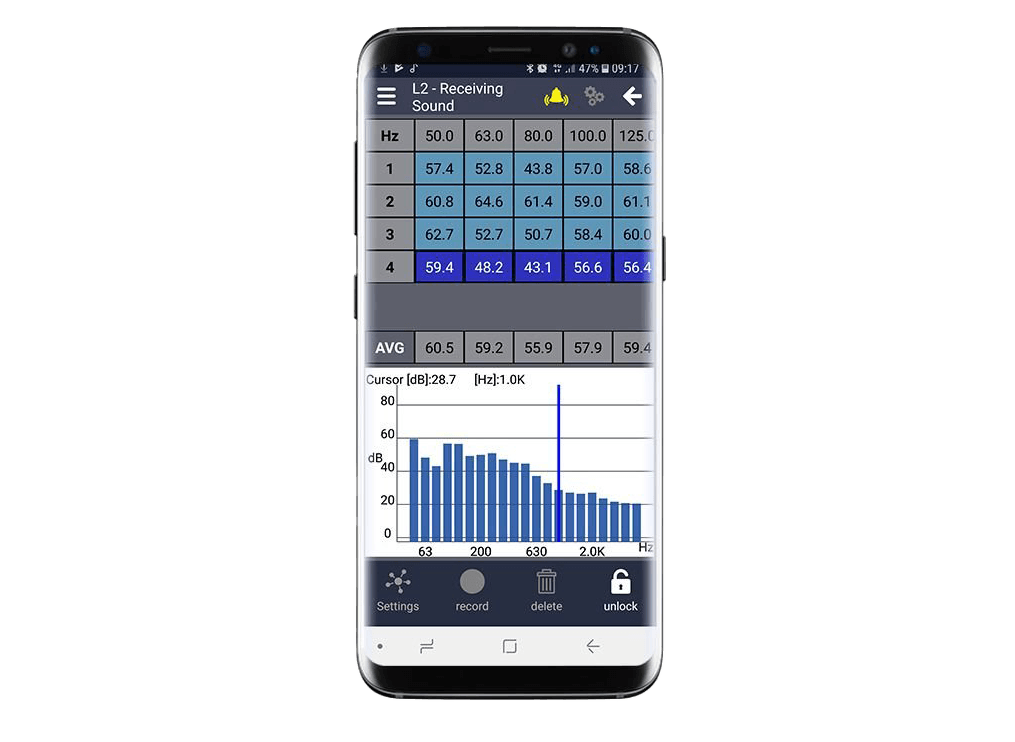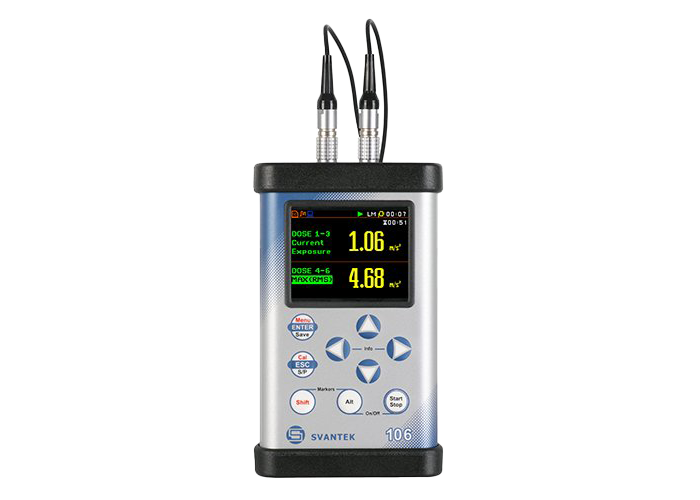By Adam Martin, Director at Nova Acoustics
When installing noise and vibration monitoring equipment on a construction site, it is important to strategically position the monitoring devices to accurately capture the relevant data. Here are some key considerations for the installation of noise and vibration monitoring equipment:
- Representative Locations: Install monitoring equipment in areas that are representative of the noise and vibration emissions across the construction site. Consider the various activities, equipment, and processes that contribute to noise and vibration generation, and select monitoring locations accordingly. This may include areas near sources of high noise or vibration levels, such as heavy machinery, pile driving operations, or demolition activities.
- Receptor Locations: Identify and monitor areas where noise and vibration impacts may be felt the most, such as residential areas, schools, hospitals, or other sensitive receptors. This helps assess the potential impact of the construction activities on nearby communities and ensures compliance with regulatory limits and guidelines.
- Site Boundaries: Install monitoring equipment near the site boundaries to monitor noise and vibration levels that may affect neighbouring properties or public areas. This allows for a comprehensive assessment of the impact beyond the construction site itself.
- Traffic Routes: If construction-related vehicle traffic is a significant contributor to noise and vibration emissions, consider placing monitoring equipment along the access routes or roadways frequently used by construction vehicles. This provides insights into the impact of vehicular movements associated with the construction site.
- Sensitive Equipment or Structures: Install monitoring equipment near sensitive equipment or structures within the construction site that may be vulnerable to excessive vibrations. This helps ensure the early detection of potential damage or adverse effects and allows for timely intervention or mitigation measures.
- Compliance Points: If there are specific compliance points or designated areas where noise or vibration limits must be met, position monitoring equipment in those locations. Compliance points could be predetermined areas where regulatory limits are defined, such as the boundaries of noise-sensitive zones or areas specified in permits or agreements.
It is important to follow any specific guidelines or requirements provided by regulatory authorities regarding the installation of monitoring equipment on the construction site. These guidelines may outline specific distances, heights, or orientations for optimal monitoring accuracy and consistency.
Remember to ensure that the monitoring equipment is securely installed, protected from damage or tampering, and that it is placed in areas that do not impede construction activities or pose safety risks to workers or the public. Regular maintenance and calibration of the monitoring equipment are also essential to ensure accurate and reliable measurements throughout the construction phase.



